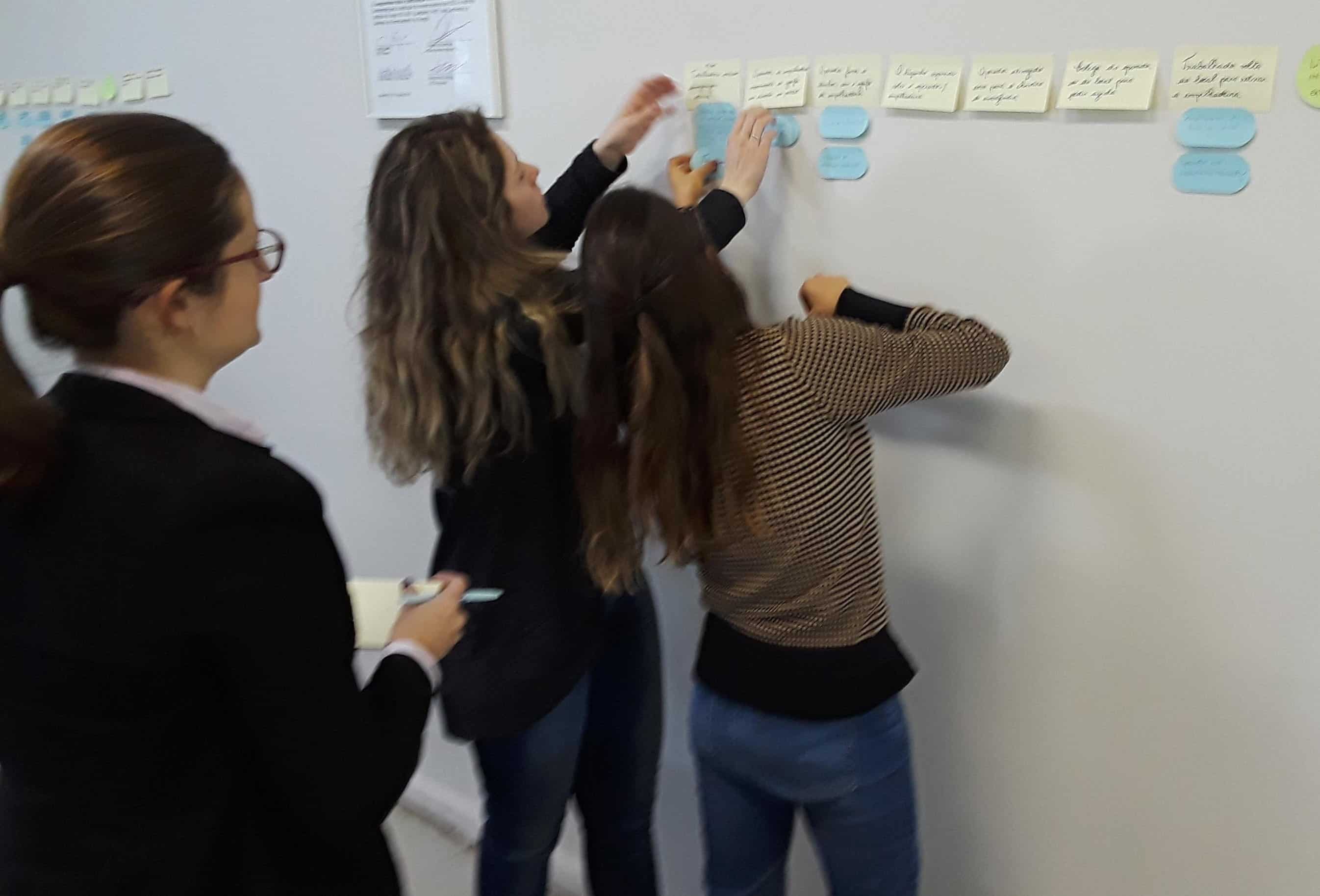Behavior and Culture Are Symptoms – Not Causes

Behavior is Blame
When I hear someone mention behavior, the first thing I wonder about is BLAME.
Why? Because I see people looking for someone to blame for the bad behavior.
Is it the worker? The supervisor? Management?
I’ve seen all of these mentioned in blame-oriented conversations.
None of this blame-oriented emphasis is helpful or positive. Why? Because it results in cover-ups by those who are the target of the blame (workers/supervisors/management).
What’s next?
Behavior is the Result of Culture
The dreaded word … “CULTURE.” Why do I hate discussions about culture? Because they are so Ph.D.-oriented, and often impractical. Impractical to workers. Impractical to supervisors. Even impractical to management.
You could spend the remainder of your life discussing culture, ways to measure culture, and ways to change culture. But once again, the solutions don’t seem to lead to impactful, practical solutions.
Do you want an example? I was listening to a podcast by two behavior/culture experts and they were discussing their involvement with changing the culture at NASA. The team’s great contribution to culture change was getting top NASA leaders to ask the question:
“Are there any other opinions in the room?”
The question aimed to get junior experts to share their opinions.
But this wasn’t the problem at NASA. If you talked to Roger Boisjoly (which I have), he would tell you that he strenuously objected to the launch of the Challenger Shuttle. After the Columbia Shuttle crash, once again, questions about flight safety were raised. Once again, concerns were voiced but ignored.
Did ignoring risks get corrected by asking the question, “Are there any other opinions in the room?”
NO!
How do I know this? By a confidential conversation with a NASA astronaut who was involved in trying to correct NASA’s flight safety problems.
All the conversations about culture and cultural infrastructure, including Ph.D.-type studies, didn’t change the culture even though they produced studies that said the culture had changed.
Is Everyone Mad?

By now, many readers are mad. “WHAT?” they say. “You (me) just don’t understand behavior, culture, and safety.”
Unfortunately, I do understand behavior, culture, and safety but I don’t want to approach it from the same old point of view. I want to approach it from an engineering/human factors viewpoint. I want practical approaches that I have personally seen work.
So, let me share a different approach…
Changing Behavior and Culture
My experience comes from two distinct sources.
FIRST is my experience in Admiral Rickover’s Nuclear Navy. It was the first high-reliability organization. And it didn’t come from Ph.D. studies.
To learn more about Admiral Rickover’s Nuclear Navy and the culture he developed, see THIS SET OF ARTICLES.
To learn even more, attend the High-Reliability Organization Best Practices Track at the 2025 Global TapRooT® Summit. To register, CLICK HERE.
SECOND is my Master’s Degree in Nuclear Engineering and Human Factors from the University of Illinois. This degree followed my experience in the Nuclear Navy and showed me many things that I didn’t understand about human performance while I was at sea running nuclear power plants.
These two sources of knowledge came together to help me develop the TapRooT® Root Cause Analysis System, which is designed to change “behavior” and “culture” without mentioning either one or getting into in-depth Ph.D. discussions.
If you think this system might interest you in your search for improved performance, I would suggest attending one of our public 5-Day TapRooT® Advanced Root Cause Analysis Team Leader Training Courses. See the upcoming course schedule HERE.
However, we have had people using the TapRooT® System who want to address culture more directly. Brian Tink tackled this issue and developed a special course that works hand in hand with the TapRooT® System to address specific “culture issues.” The course is the 2-Day Analyzing and Fixing Safety Culture Course. See the details HERE. Register for the upcoming course HERE.
I Hope This Helps
If practical people want to solve problems and avoid misleading conversations, I hope they attend the two courses mentioned above and start improving performance (both human performance and equipment performance) NOW. See how you can improve behavior and culture without mentioning the words.



